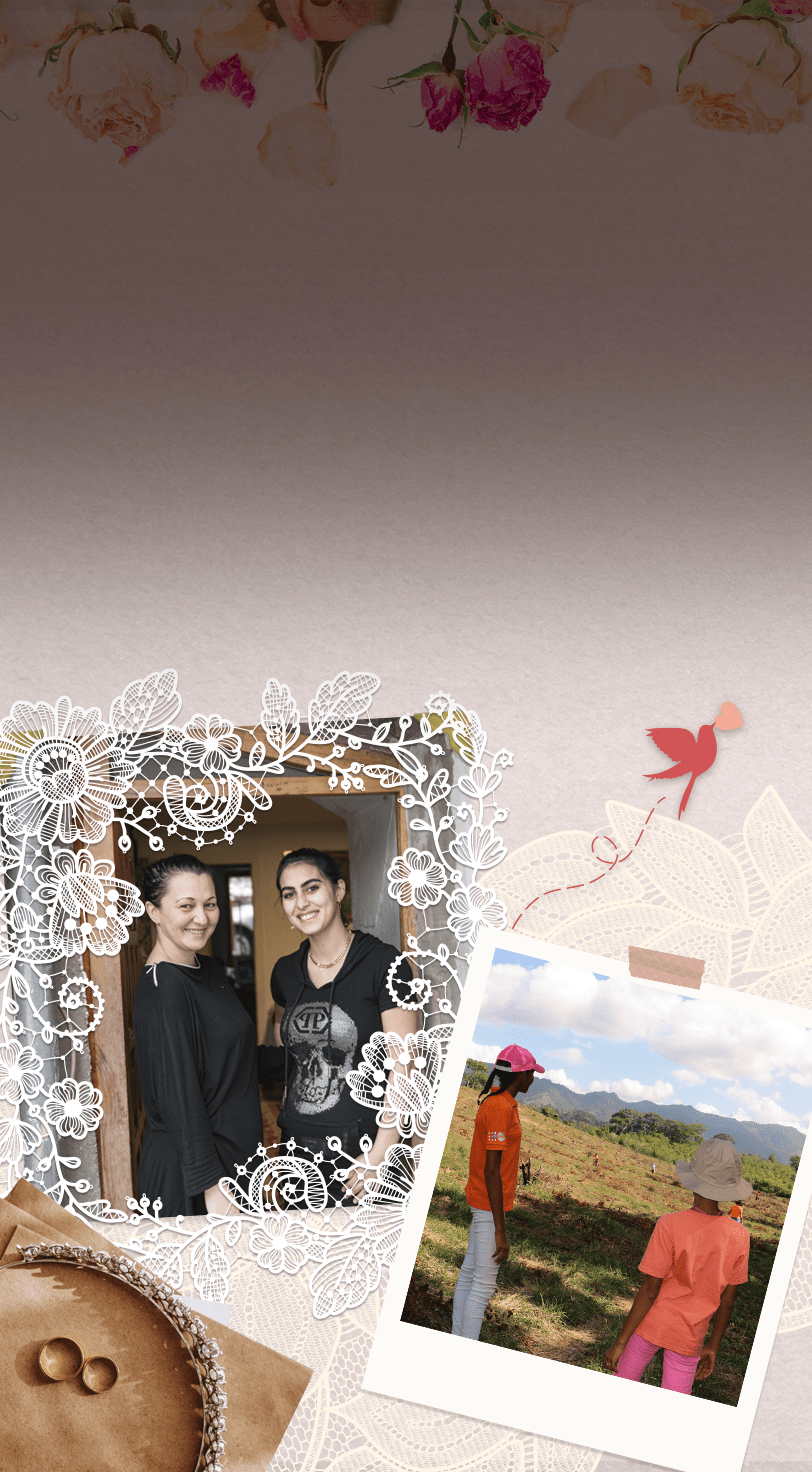Not Your Happily Ever After
01 Feb 2021
No more fairy tales. No more false promises. It’s time for girls to write their own stories.
© UNFPA Bangladesh/Prince Naymuzzaman
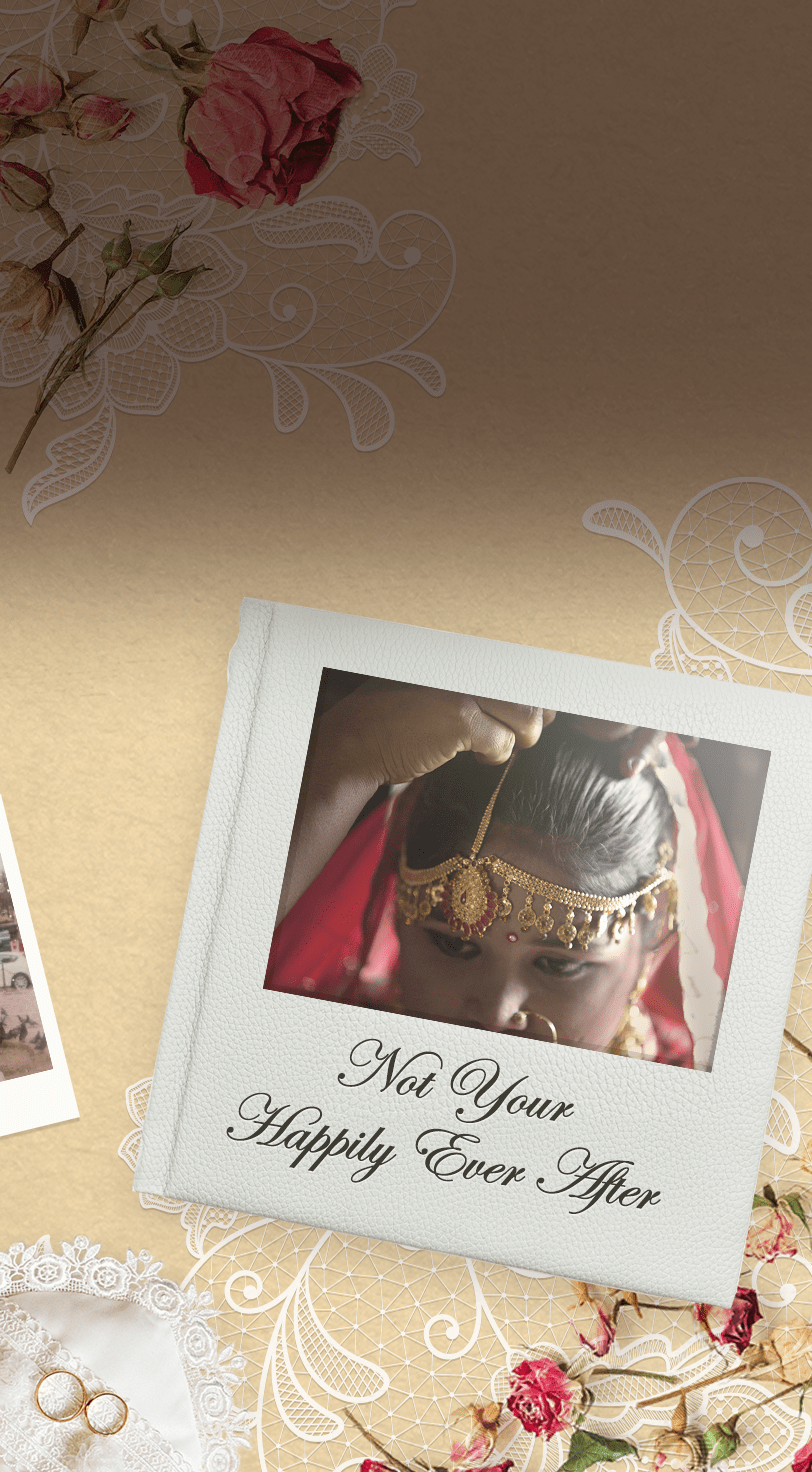

February is a busy month for florists and jewelers; it is also a busy month for advocates working to end two rituals that spell the end of childhood for girls around the world: child marriage and female genital mutilation.
Adisa, from Sarajevo, shows jewelry she was given by her in-laws after she was married at 14. Freshta (name changed), in Afghanistan, shows the dress she wore when her father forced her to marry a 60-year-old man. She was 12 at the time.
© UNFPA BiH/Imrana Kapetanovic, © UNFPA Afghanistan

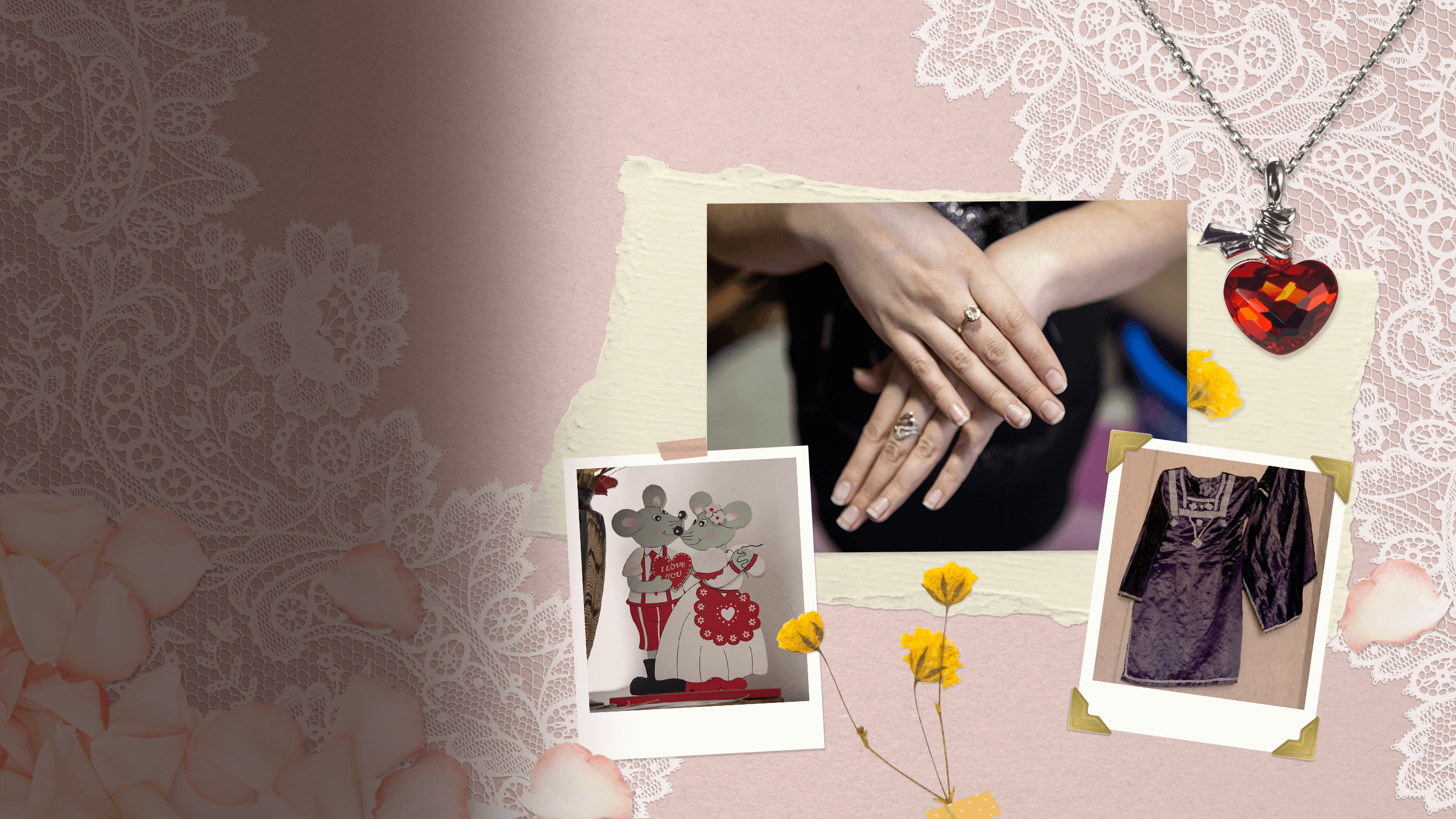
Female genital mutilation and child marriage often go hand in hand. In many communities, female genital mutilation is seen as a rite of passage that makes girls marriageable. In Sierra Leone, Fatmata refused to be cut and was forced to flee town. Today she is a leader for change. “We have the right to say no, even if we are children,” she says.
© UNFPA Sierra Leone/John Sesay

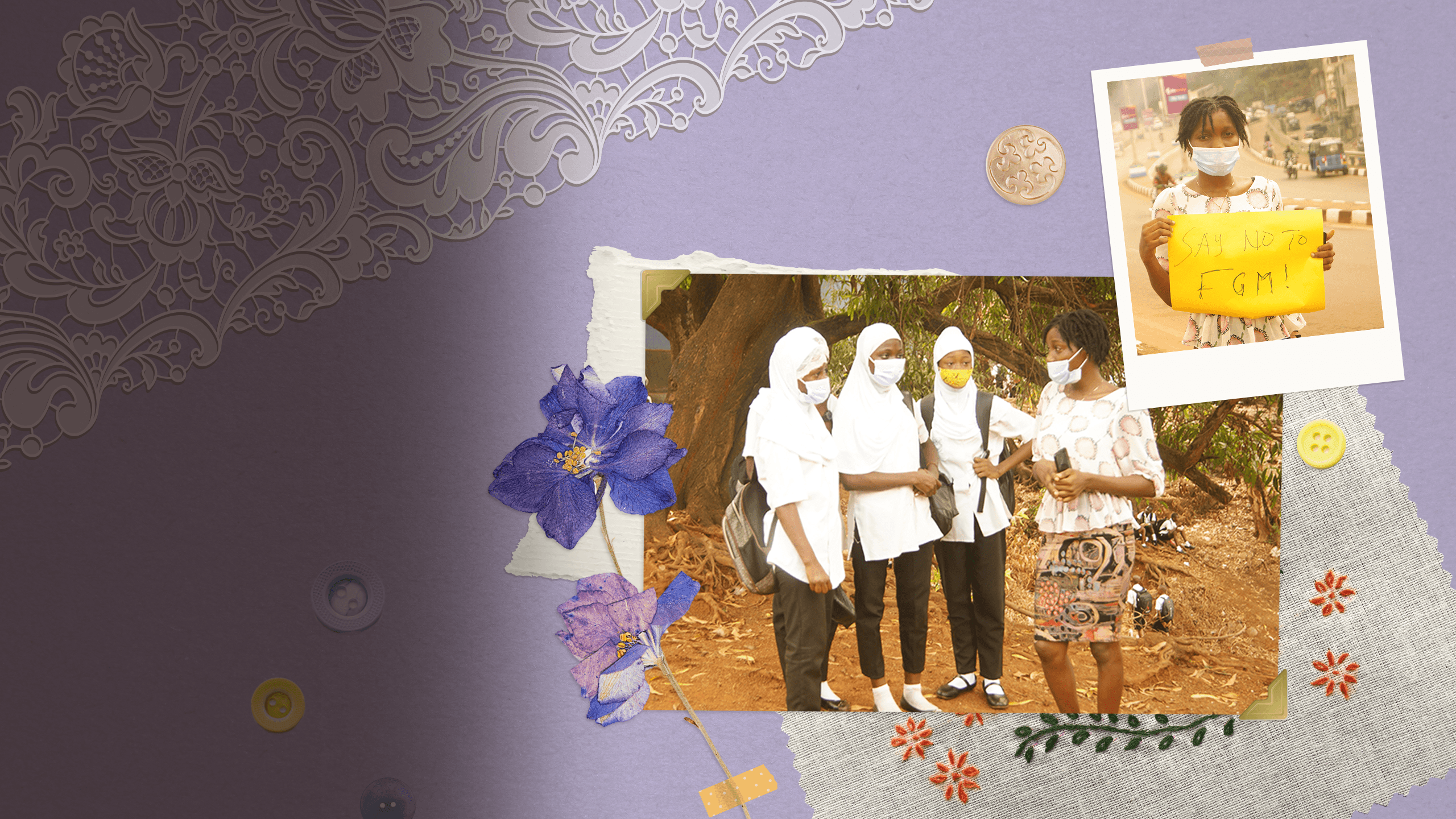
“They have the power to choose.”
This Valentine’s Day, women and girls are calling for a new romantic vision, one where, as Mimah says, “they are in charge of their own lives.” Mimah lives in Marawi in the Philippines and was married at age 17. Today, at a UNFPA women-friendly space, she counsels others to reject child marriage.
© UNFPA Philippines

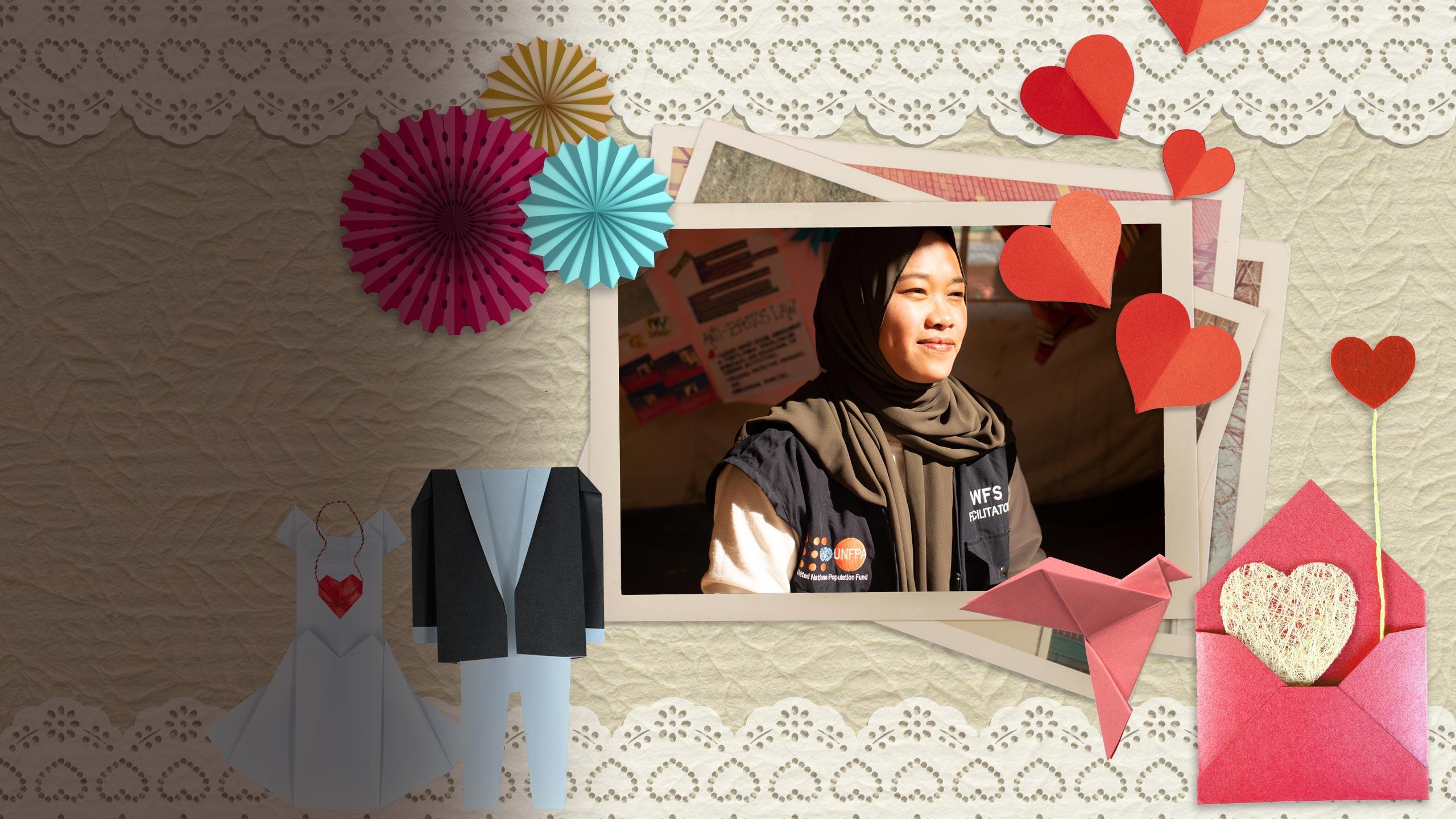
Girls like Chinara in Tbilisi, Georgia, are chasing their dreams instead of living a nightmare parents choose for them: “My life is not theirs to decide.” She escaped early marriage once at 14 and again at 17 and wants to enroll in a police academy then law school. “I prefer to take time and make my own steps.”
© UNFPA Georgia/Dina Oganova

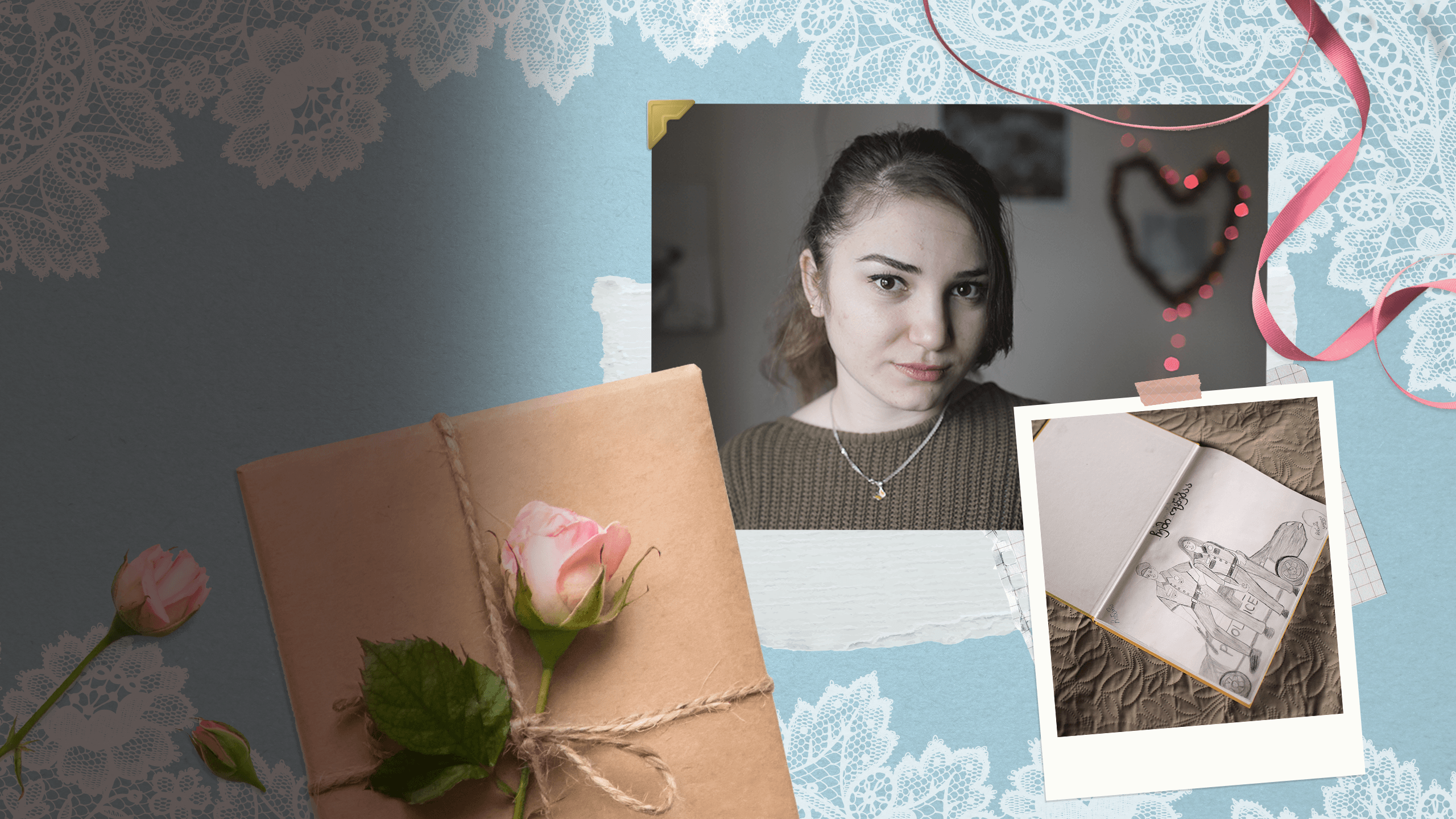
Fairy godmothers may be the stuff of fairytales, but girls in the real world need someone on their side, too. Through a UNFPA-run safe space, Fethiye, an Iraqi teen refugee living in Eskehir, Turkey, was able to access education. “They convinced [my family] that I should go to school without being a wife.” She is finishing secondary school and made friends. “I have gained my self-confidence back.”
© UNFPA Turkey

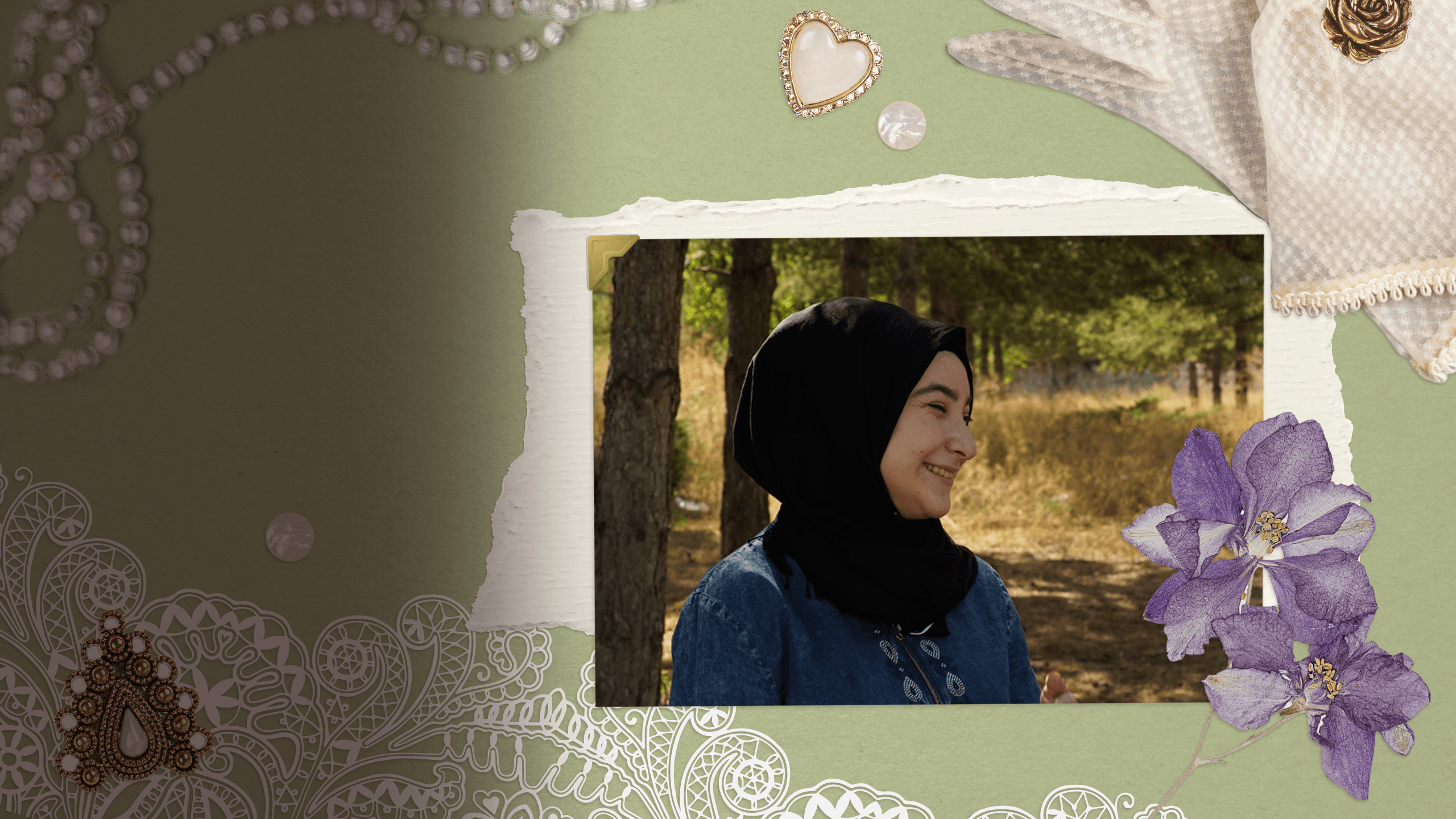
“A girl is not your property.”
At 14, Ana Kabi walked more than 20 kilometres from her village in Como, Guinea-Bissau, to Cátio to escape early marriage. She found refuge in a UNFPA-supported evangelical church and has been there ever since, counselling other girls also changing their narratives. At 27, she is in ninth grade with dreams of becoming a doctor and having a family.
Pictured: Ana Kabi and Zaida Na N'fad, 16, the youngest girl in the shelter.
@UNFPA Guinea-Bissau/Aleke Ogbada Júnior


Communities can and are embracing these changes and helping girls rise up. In Kenya, women who used to perform female genital mutilation are abandoning the practice and supporting alternative rites of passage.
© UNFPA/Luis Tato

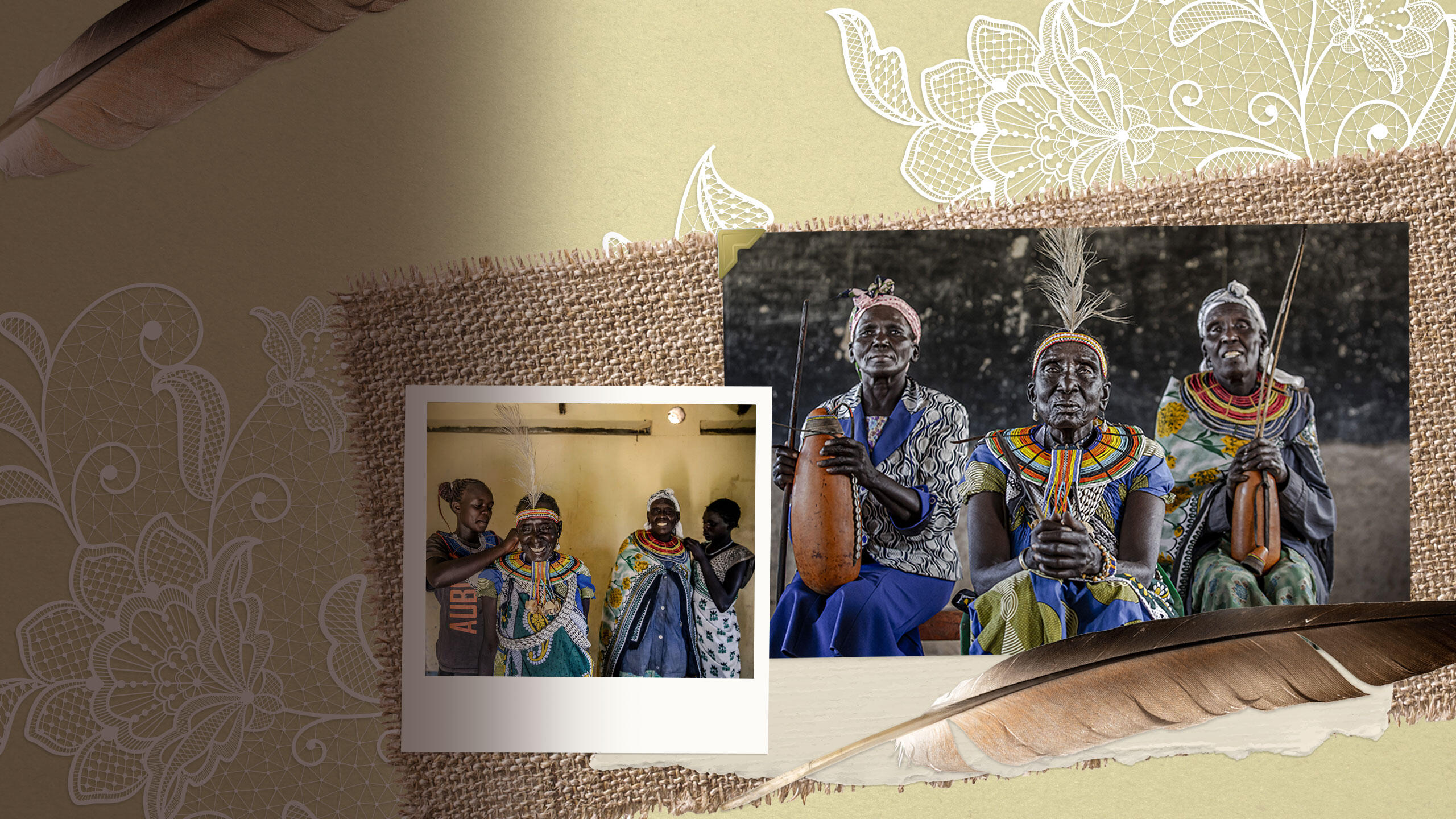
“My future is not in your hands.”
Sometimes there are no happy endings. In exchange for money, Zahra (name changed), in Iraq, was wed to a cousin when she was 13, then became a mother at 14. “I was left with a husband and child while I was one myself.” She suffered domestic abuse, then her husband divorced her, taking their three children. She hasn’t seen them in years. “Early marriage,” she says, “is rape with official papers.”
Image courtesy of Un Ponte Per

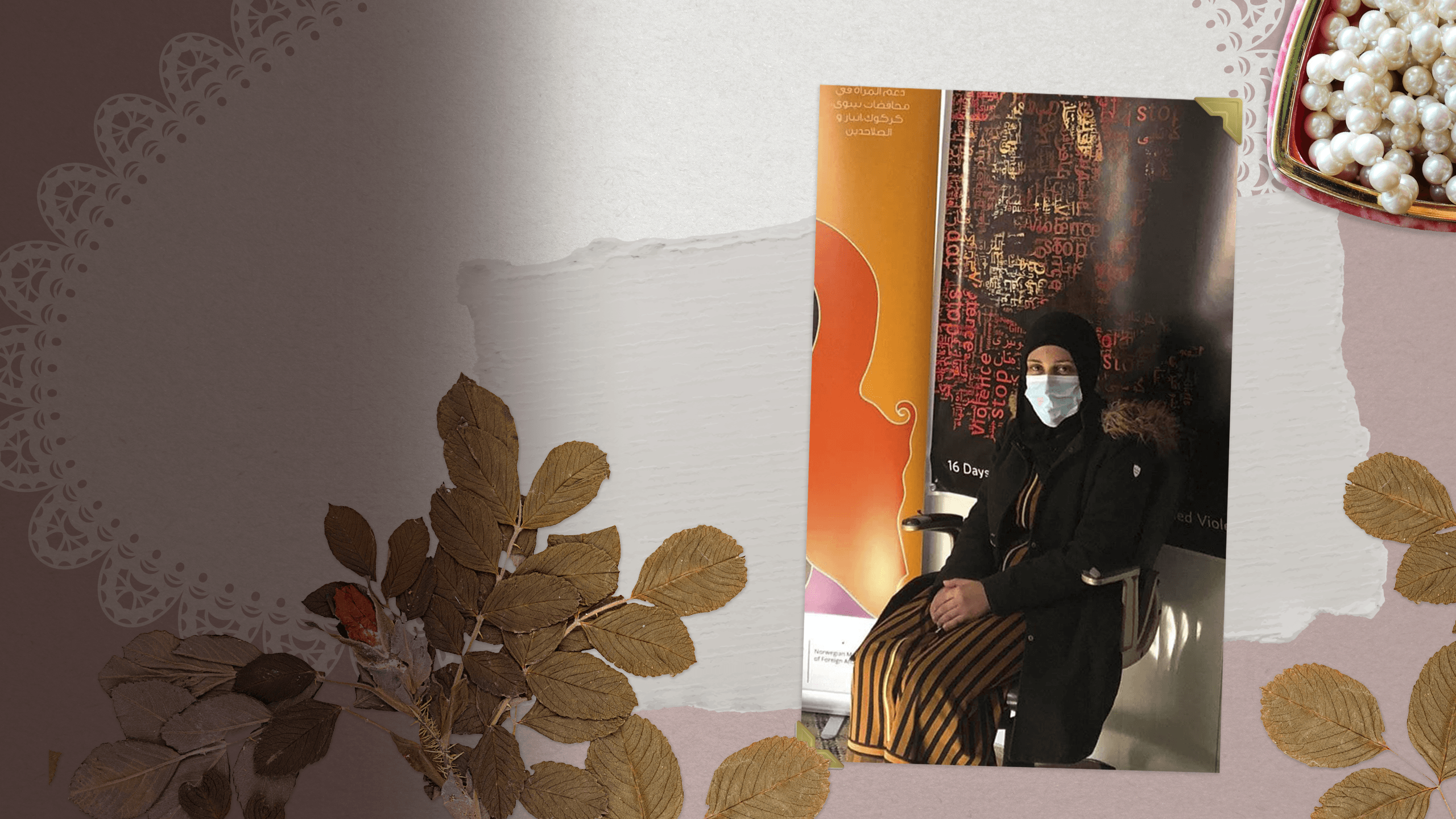
Even if they are not knights in shining armor, men and boys can still stand up for girls. After enrolling in a life skills programme, then-13-year-old Iqbal pleaded with his parents not to marry off his 15-year-old sister in Cox’s Bazar, Bangladesh. “Child marriage,” he says, “is a curse for boys and girls.” And in Egypt, Father Mekarios is helping the community abandon female genital mutilation.
© UNFPA Bangladesh/Plan International Bangladesh/Nazmul Hasan, © Luca Zordan for UNFPA

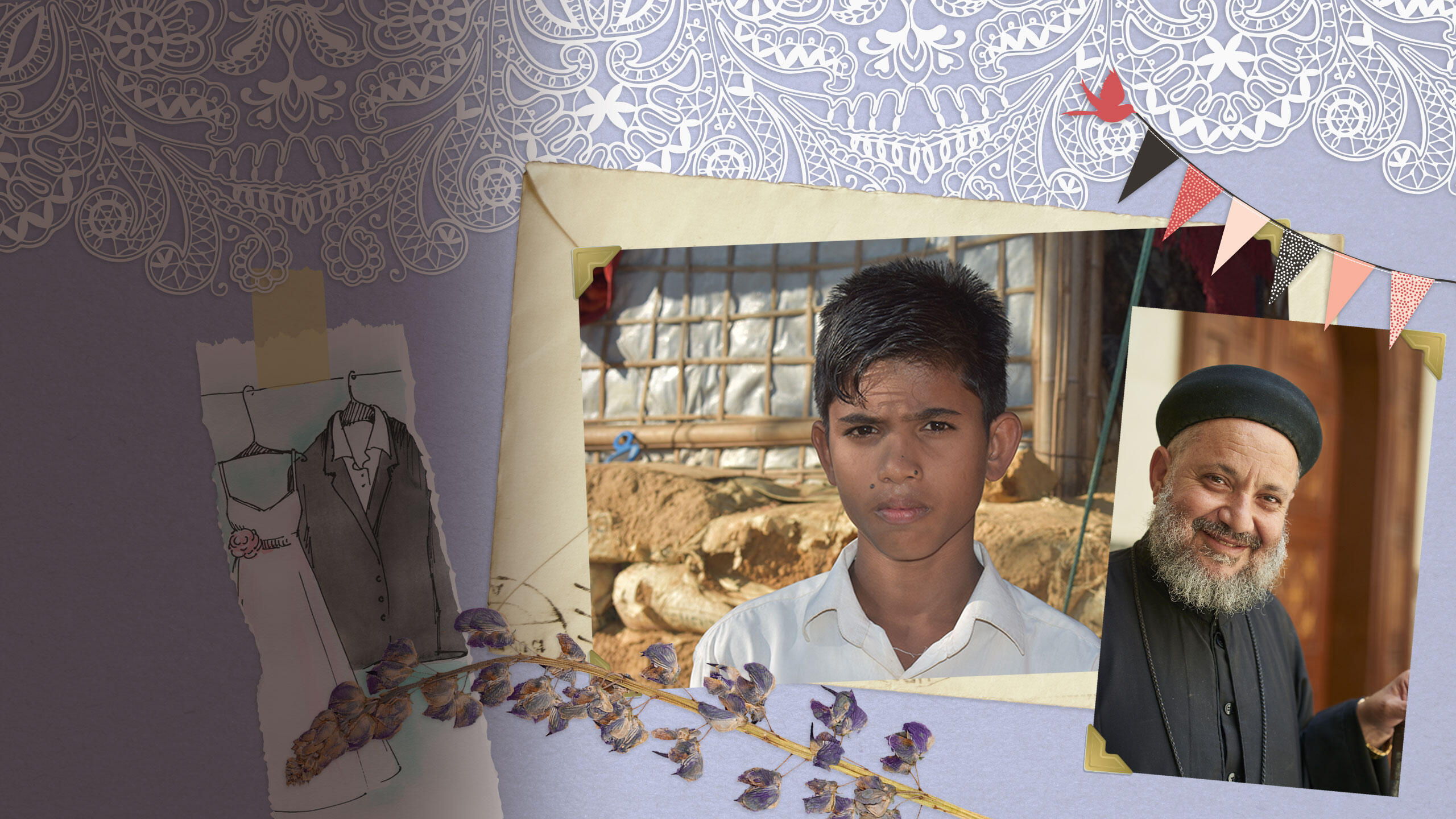
"A girl is not yours to give away."
Some little girls dream of their wedding day – not of marrying against their will. In collaboration with UNFPA, Ireland-based designer Natalie B. Coleman created a wedding dress depicting the female reproductive system, accented with red petals that symbolize the horrors of female genital mutilation and child marriage. It highlights “the urgency of promoting women's and girls' right to agency over their bodies,” she says.
© Photographer: Mario Bertieri, Darkroom: Moderne Lab Stylist: Aisling Farinella
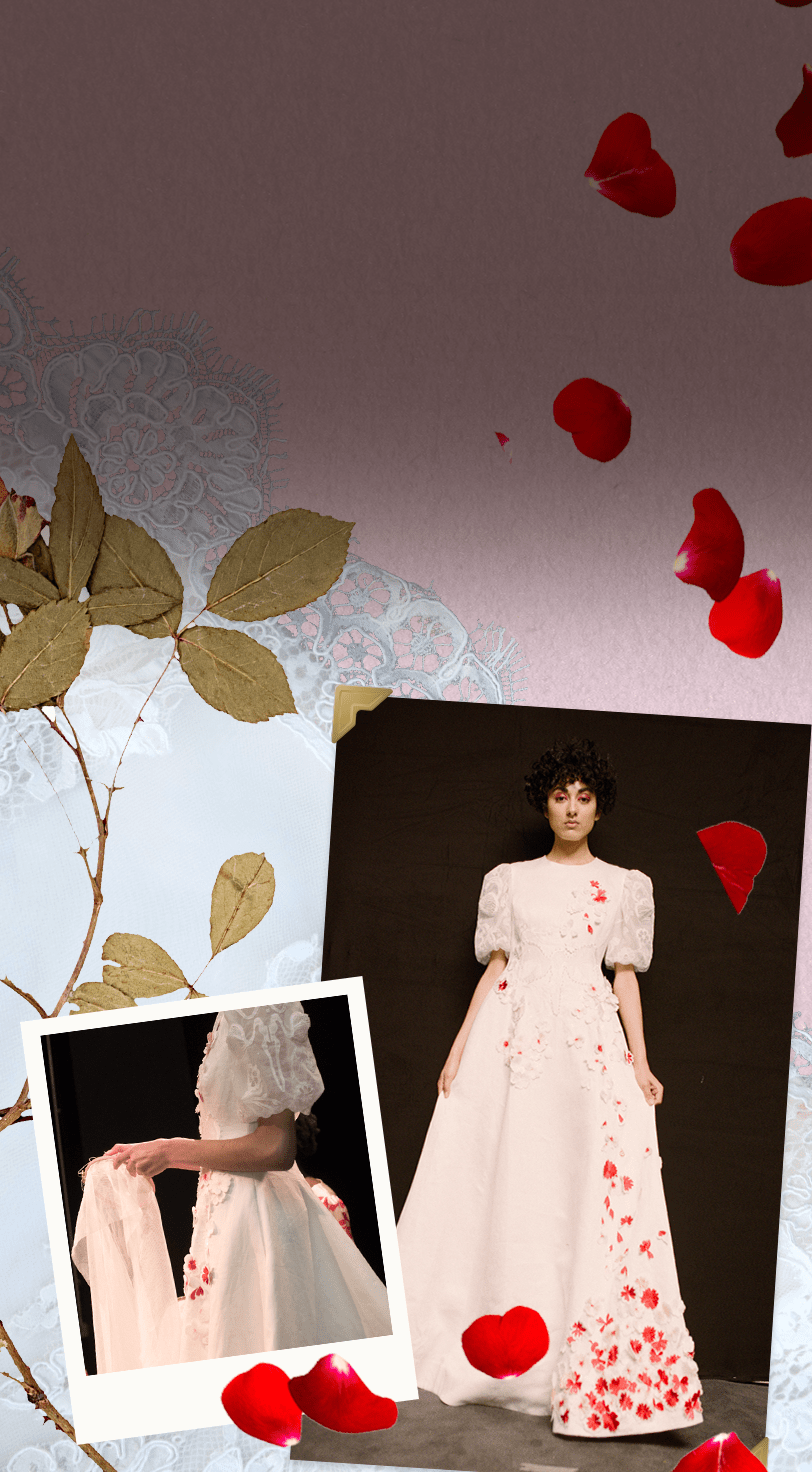

“Not yours to deny education.”
Concern over these issues is growing. Globally, more 200 million girls and women have experienced female genital mutilation, and 1 in 5 girls is married by age 18. Bindu, in Nepal, was married off at age 17. Today, she is an elected leader and a strong opponent of child marriage.
© UNFPA Nepal/Santosh Chhetri

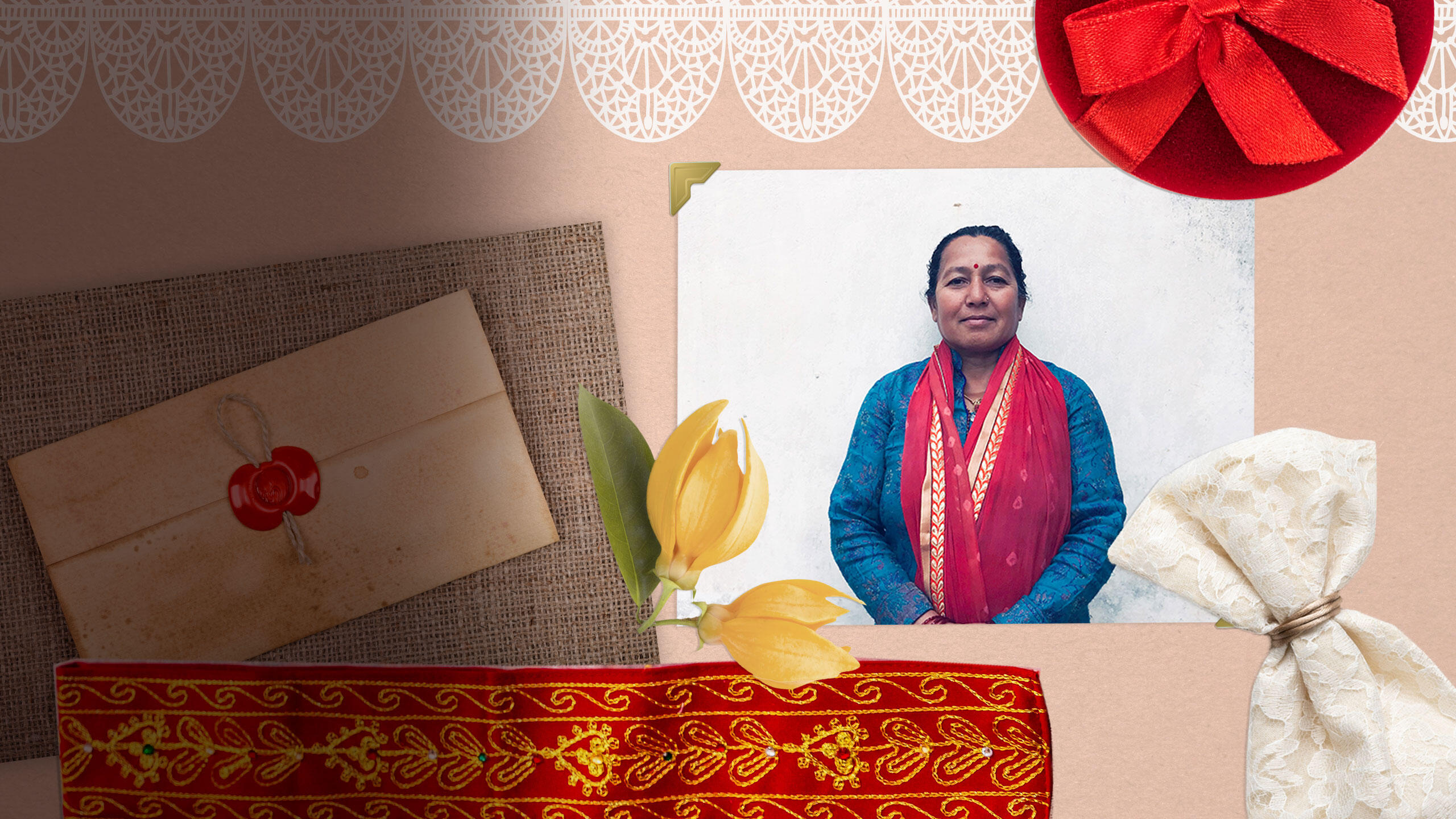
COVID-19 is making things worse. Some 11 million girls are at high risk of never returning to school, increasing their vulnerability to both harmful practices. The UNFPA and UNICEF joint programmes to eliminate female genital mutilation and end child marriage are calling for leaders to urgently protect and empower girls.
Pictured: A tool for performing female genital mutilation in Kenya. Dowry items for a child marriage in Nepal. A child bride’s makeup in Afghanistan.
Cutting tool © UNFPA/Luis Tato; dowry items © UNFPA Nepal/Santosh Chhetri; makeup © UNFPA Afghanistan
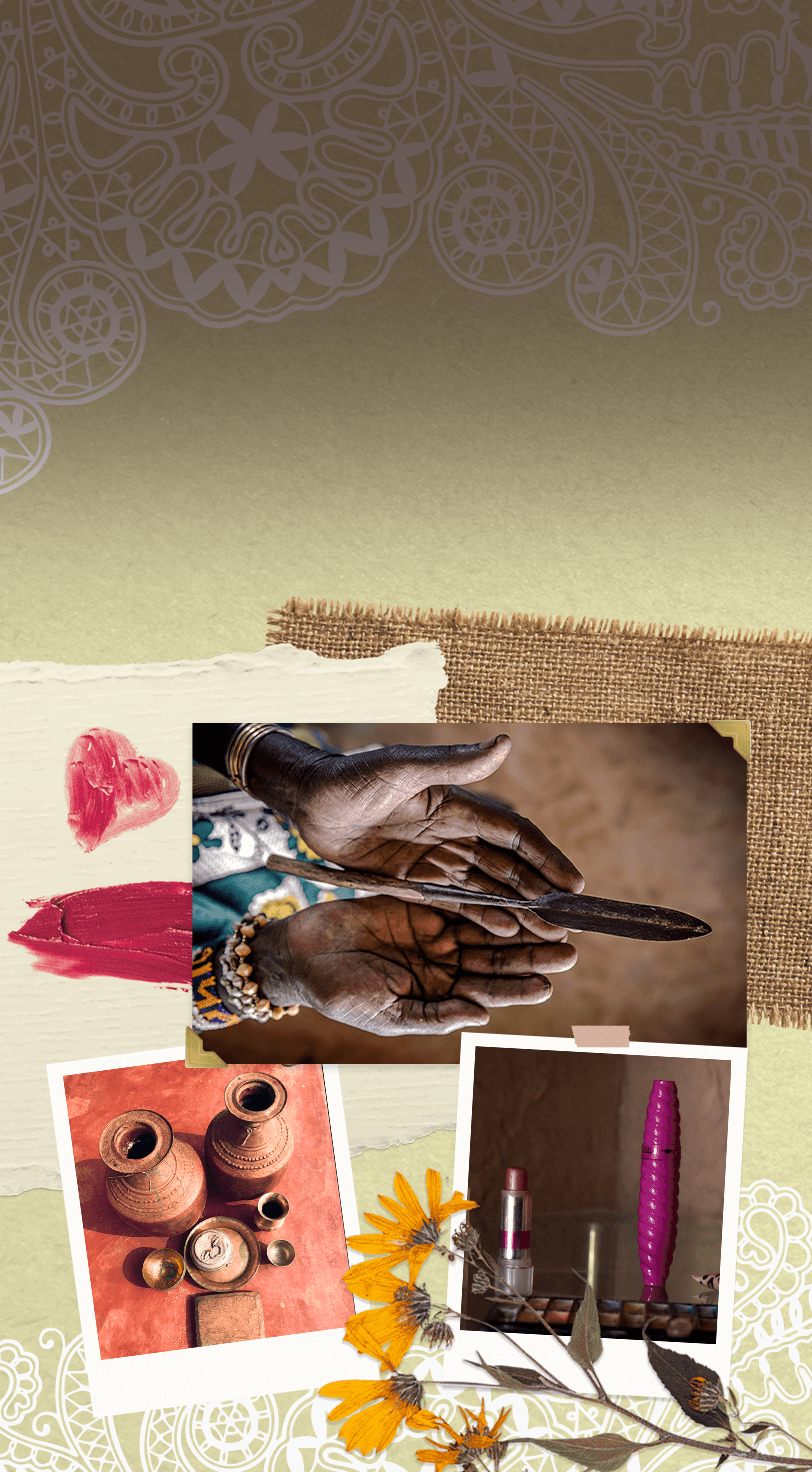
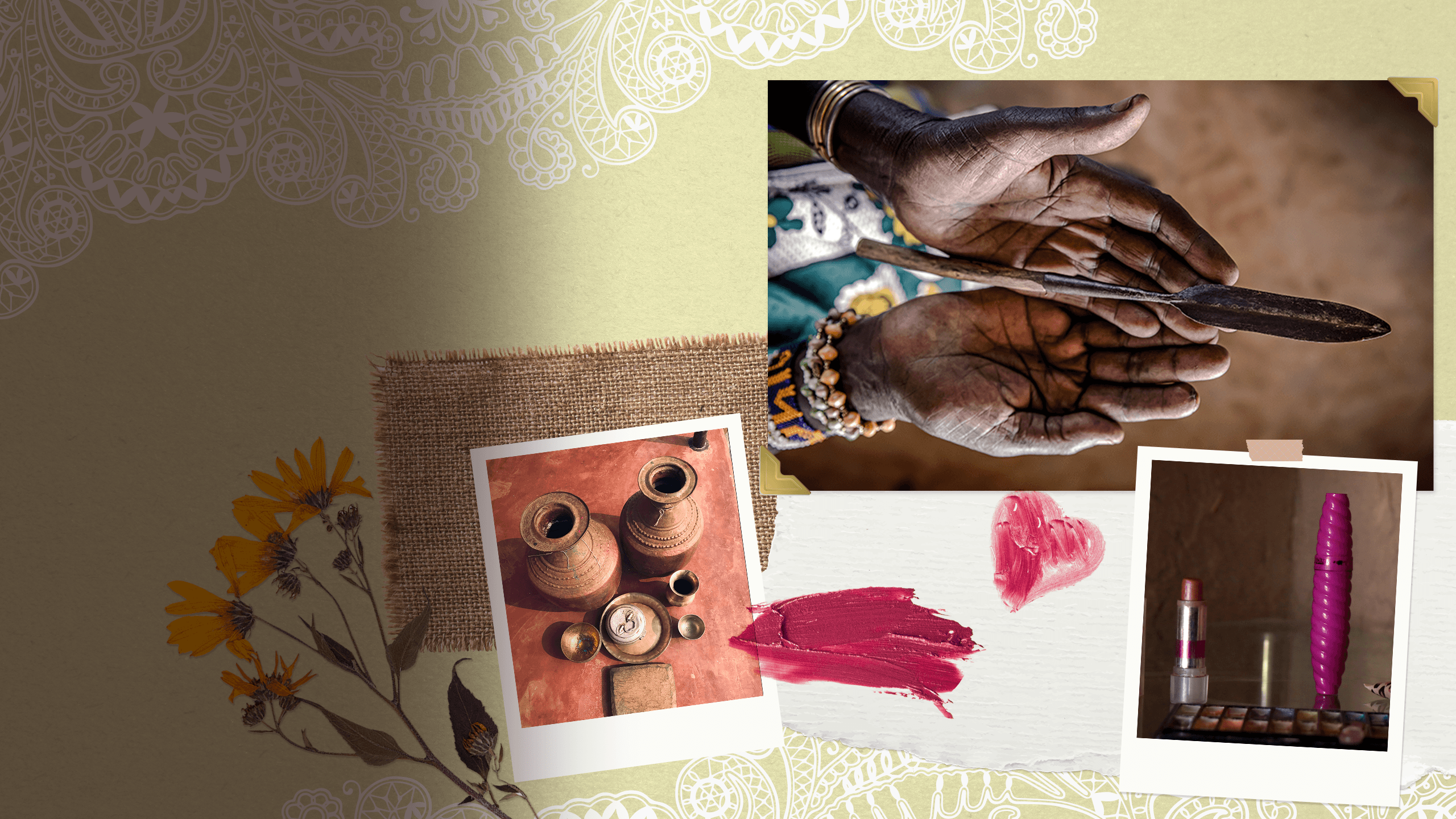
Still, there is reason to hope these harmful practices will go from "once upon a time" to "never again." Around the world, girls are demanding their own happy endings: ones where they can grow up, get an education and choose their own futures.
Pictured: In Sarajevo, two former child brides, who say they want more for their daughters. Girls in the Dominican Republic, where child marriage has just been banned.
© UNFPA BiH/Imrana Kapetanovic, © UNFPA Dominican Republic/Dania Batista
